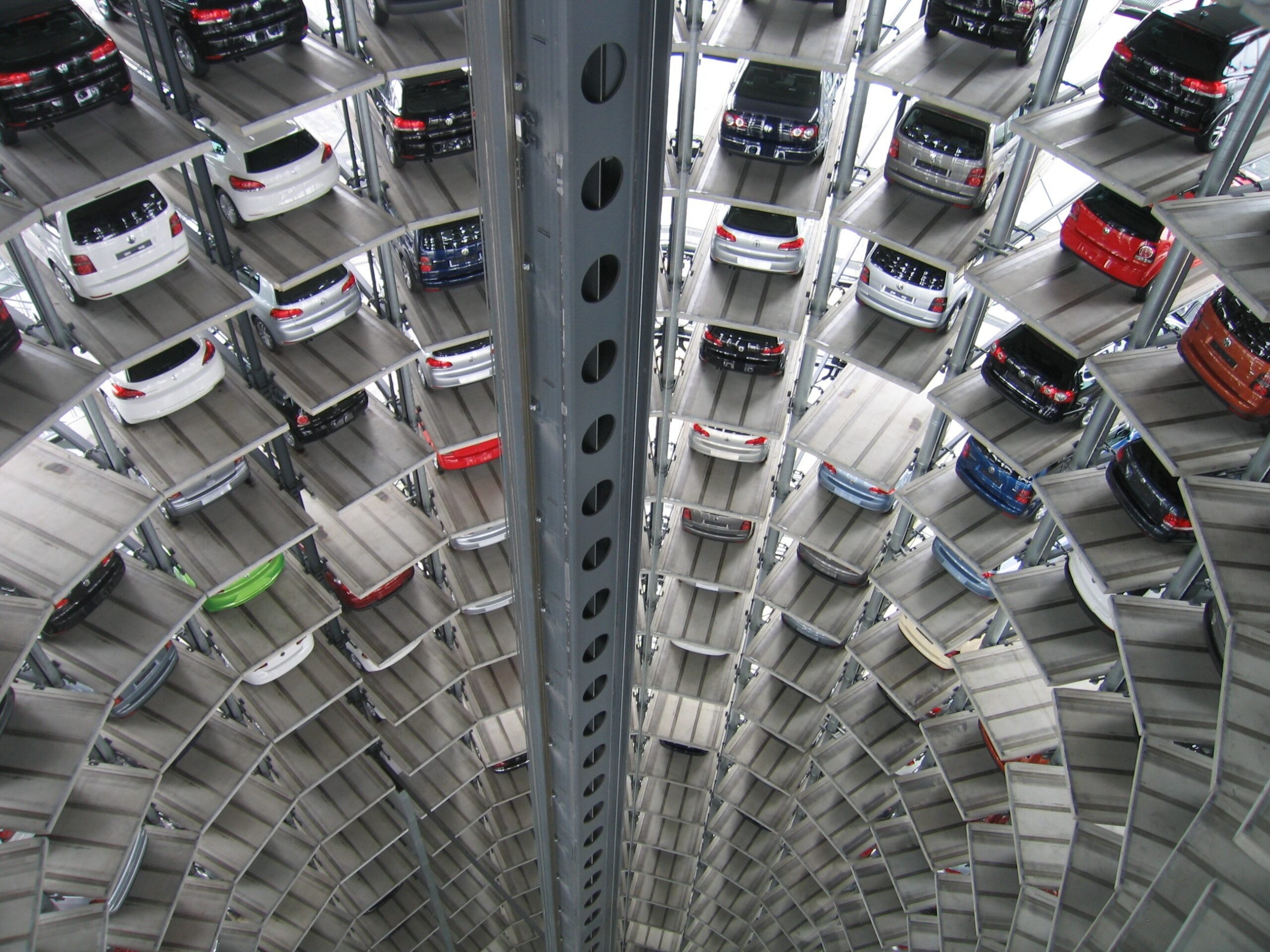
To facilitate the transition to EVs, Geely also built a strong digital backbone. This involved creating CAOCAO Mobility, a high-end rental and car hailing app, as well as ECARX, a smart mobility technology provider. Between 2017 and 2021, ECARX launched a range of technologies under the brand iNTEC. This included GKUI, the Geely Smart Ecosystem that enabled drivers to connect to the in-car cockpit and mobile phone through apps. By 2020, the number of GKUI users exceeded two million.
Geely’s acquisitions and JVs from 2012 to 2021
Between 2012 and 2021, Geely made several acquisitions and embarked upon a number of joint ventures. This included taking a stake in Malaysia’s Proton Holdings and the UK’s Lotus, as well as Germany’s Daimler and France’s Renault.
As well as the partnership and JV with domestic internet company Baidu, in 2018 Geely established a JV with the world’s largest producer of EV batteries, Contemporary Amperex Technology (CATL), to research and develop battery cells. Barely six months later, Geely announced that Shanghai Maple Guorun, an indirect (99%-owned) subsidiary of Geely Automobile Holdings, would enter into a JV with South Korea’s LG Chem, another manufacturer of EV batteries. The JV would be 50:50 and would help Blue Geely to achieve its initiative to ensure a further supply of core battery components.
Li described the acquisitions as “by no means a physical integration of assets but, rather, a collaboration to move the brands forward.”
Geely’s shrewd investments in leading global brands not only gave the company credibility but also access and ties to the global automotive industry, transforming its domestic strategy into an international one. This global access allowed Geely to better identify and build strategic capabilities. Going international has also allowed the company to become even stronger in the Chinese market.
A man with vision
In 2010 an executive from a major Chinese auto company described Li as:
“A man with vision. He is someone that shouldn’t be underestimated… I think he has a big chance to make it, because he has the Chinese government and, most of all, the huge China market behind him.”
Li had come a long way from photography to become the billionaire owner of a group operating in eight segments and sectors: passenger cars, commercial vehicles, technology, motorsports and motorsports tourism (motorsports parks), mobility, finance, digital technologies, and education. The Geely Auto Group alone employed more than 50,000 people across 12 plants and five global R&D centers (Hangzhou, Ningbo, Gothenburg, Coventry, and Frankfurt) and a further 1,000 in its design studios in Shanghai, Gothenburg, Barcelona, California, and Coventry. In 2020, the auto brands sold over 1.43m vehicles, making Geely Auto the bestselling Chinese brand for the fourth consecutive year.
Li focused on putting in place the technology and supply chain to achieve his goals for Blue Geely, announcing two new Blue Geely initiatives: a new EV company to create intelligent battery EVs (BEVs); and a company dedicated to developing energy-saving and NEVs, hybrid EVs (HEVs), plug-in hybrids (PHEVs), range-extended EVs (REEVs), and energy-saving low-emission vehicles.
Li was not content to focus solely on land-based vehicles; Geely had also made two further investments in future mobility solutions. In 2017 it bought Massachusetts-based flying-car company Terrafugia, which had created a two-seater airplane with folding wings to drive on the road. In 2019, the company made a $55m investment in Germany’s Volocopter, with the goal of launching an urban air-taxi service in China.
Li commented at the time: “Geely is transitioning from being an automotive manufacturer to a mobility technology group.”
